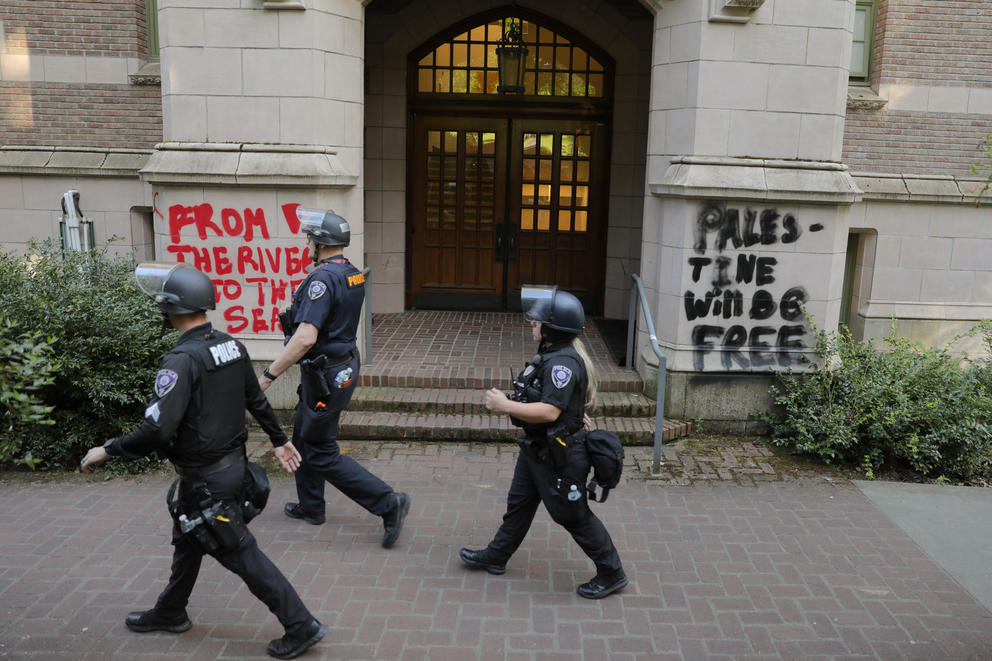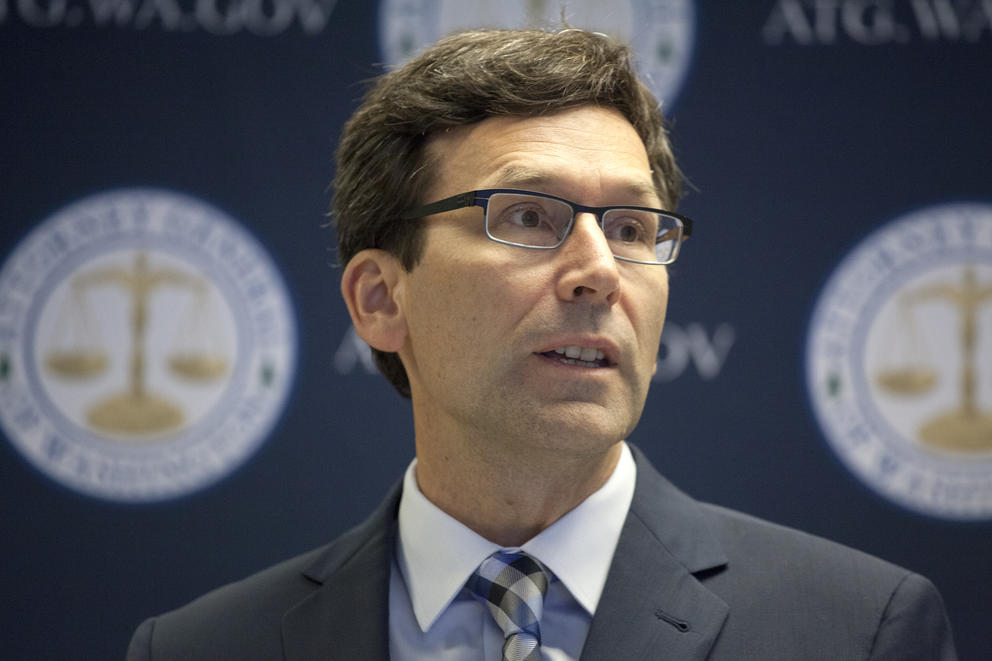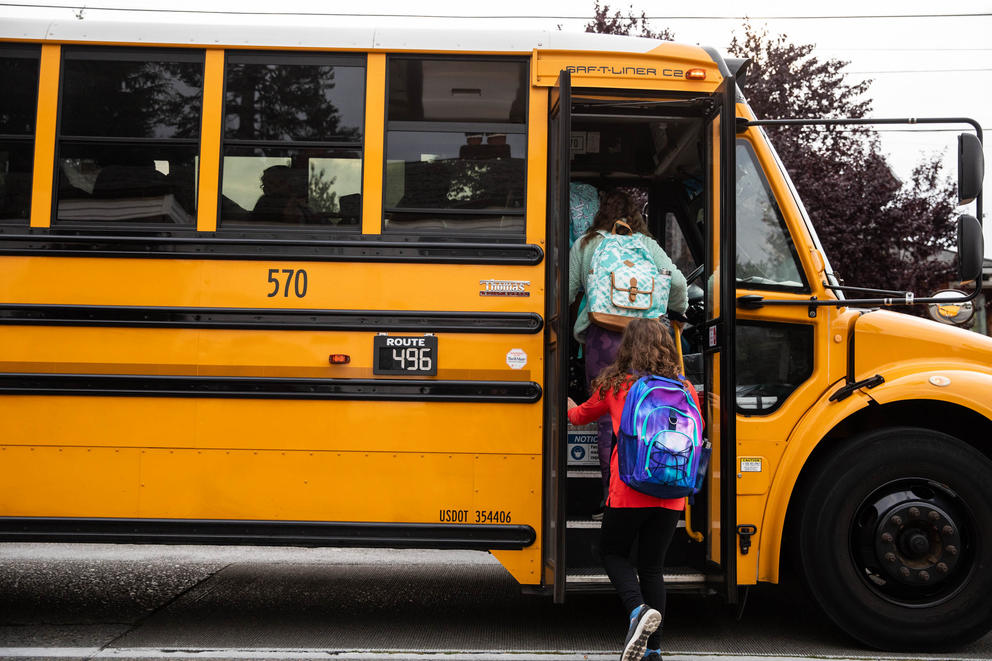Feds to introduce grizzlies to the North Cascades

Grizzly bears near Roaring Mountain at Yellowstone National Park. (Courtesy of E. Johnston/National Park Service)
Grizzly bears will roam the North Cascades region for the first time in 27 years under a restoration process conducted by the National Park Service and U.S. Fish & Wildlife Service, the two agencies announced Thursday.
According to the agencies’ restoration plan, they will capture 25 grizzly bears from the Rocky Mountains or interior British Columbia and release them in the North Cascades over five to 10 years. The aim is for this initial population to grow to 200 bears in 60-100 years.
Agencies have not yet set a timeline to relocate grizzly bears to the North Cascades. The National Park Service will publish updates on its website.
Federal agencies say restoring a grizzly bear population would bring back ecological interactions crucial and beneficial to the region’s fish and wildlife habitat, including seed dispersal to replenish plant life and regulation of the prey population. The U.S. portion of the North Cascades region spans 9,800 square miles. About 85% of the region is under federal management.
However, not all welcomed the news. U.S. Rep. Dan Newhouse, R-Yakima, has proposed legislation to prevent the relocation, noting the potential impact on residents, livestock and wildlife.
“This administration is, once again, disregarding local public opinion and instead catering to the whims of coastal elites and the out-of-touch environmentalist lobby, which has been rushing to finalize this plan since its inception,” Newhouse said in a news release Thursday.
Grizzly bears inhabited the North Cascades for thousands of years, but the population has declined due to killing by humans. The species hasn’t been seen in the North Cascade since 1996. The species is currently classified as threatened in the lower 48 states.
The bears will be designated as a nonessential experimental population under the Endangered Species Act, which provides additional flexibility in restoring a species’ population.
The bears will have radio collars to provide wildlife managers with updates on their movement. Sightings of the bears are expected to be rare during the first 10 to 20 years of the restoration effort.
The restoration decision follows a two-year environmental impact evaluation process, which included more than 12,000 comments from the public.








